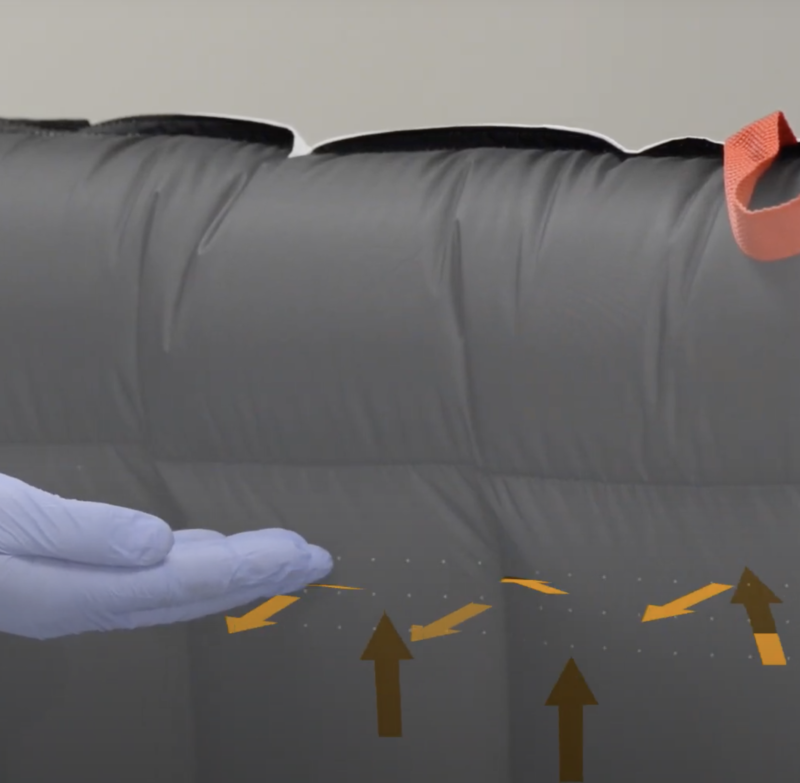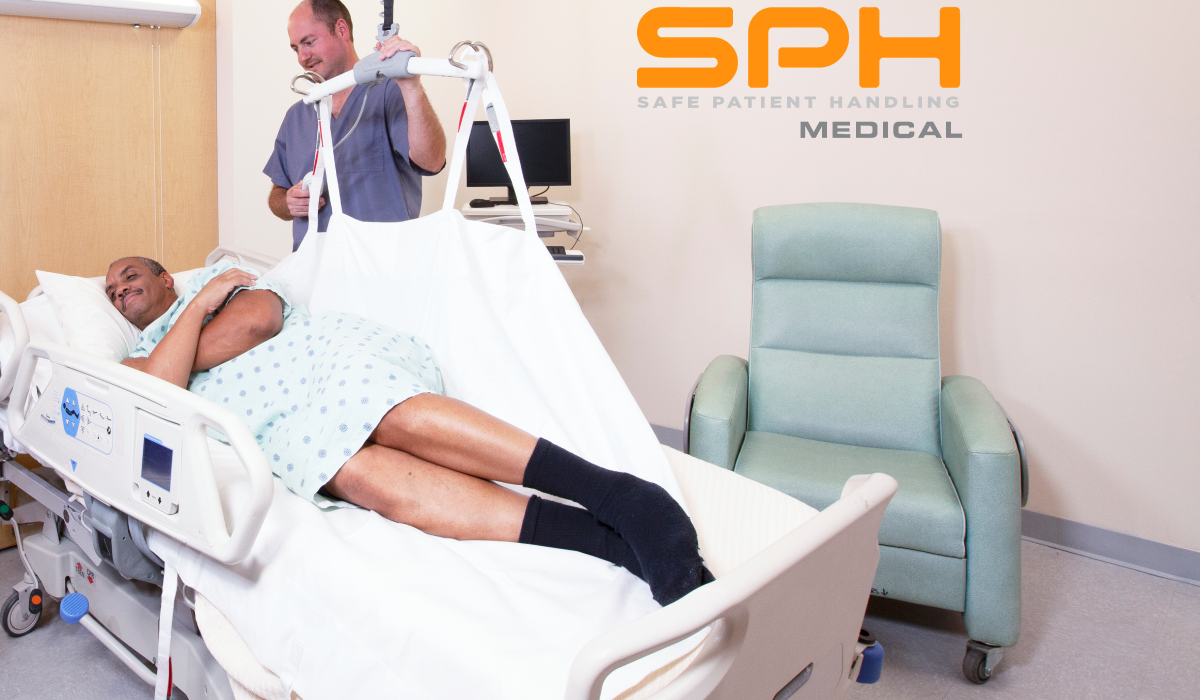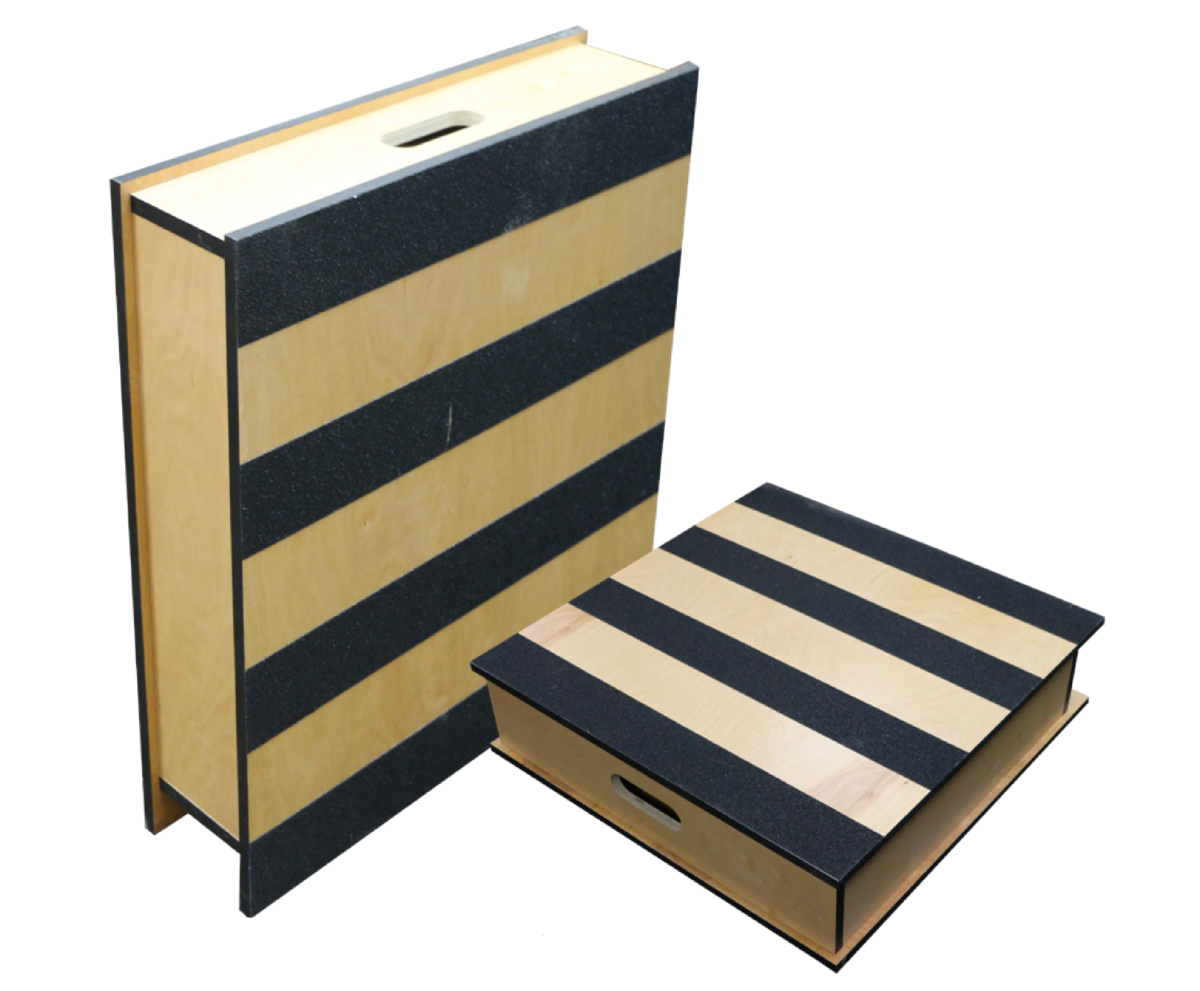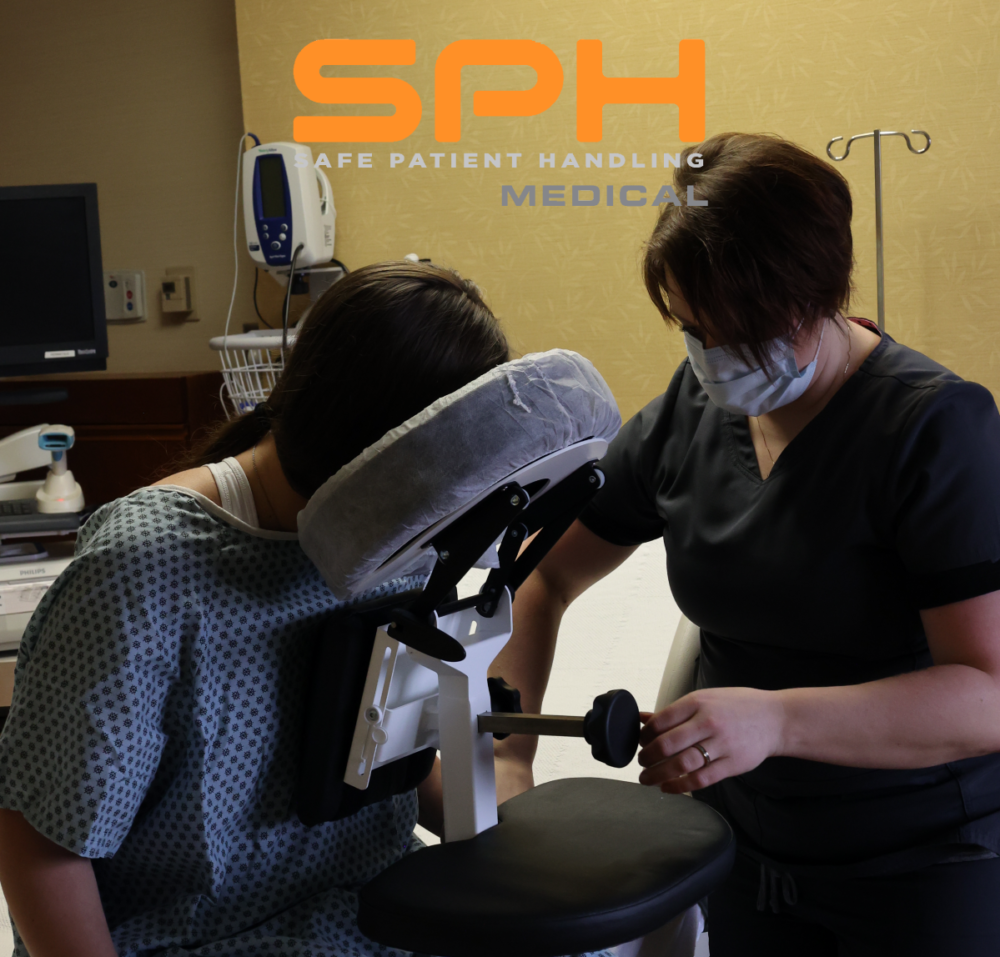Air Transfer Systems were first introduced 30 years ago, and today they continue to be one of the safest and most trusted methods of transferring patients from bed to stretcher. Every nurse knows that lifting and repositioning patients can be a challenging and risky task, but with the help of air transfer systems, these tasks can become more manageable, safer, and more efficient. In this Article, we will discuss everything you need to know about air transfer systems, including how they work, their benefits, and the types of air transfer mattresses available.
Why Use An Air Transfer System For Hospital Patients
Air transfer systems are commonly used in almost every hospital department, from the emergency room to the intensive care unit. One of the main advantages of air transfer systems is their ability to reduce the risk of back injuries to nurses and other caregivers.

These systems work by inflating an air mattress using an air supply or blower which connects to the mattress via a hose. The inflated mattress allows air to be released through tiny pinholes on the underside. This virtually eliminates any friction, making it much easier to transfer patients.
The air transfer mattress is available in two different types, reusable and disposable. The reusable mattress needs to be thoroughly decontaminated between patients or sent to the laundry. On the other hand, the disposable version is meant for a single patient. And after being used throughout the patients’ entire length of stay, or after being soiled, they can be disposed of safely. While the reusable air mattress may seem more cost-effective, it is essential to note that cleaning them requires a considerable amount of time and resources, which is why many hospitals prefer to use disposable air mattresses.
between patients or sent to the laundry. On the other hand, the disposable version is meant for a single patient. And after being used throughout the patients’ entire length of stay, or after being soiled, they can be disposed of safely. While the reusable air mattress may seem more cost-effective, it is essential to note that cleaning them requires a considerable amount of time and resources, which is why many hospitals prefer to use disposable air mattresses.
One of the significant advantages of air transfer systems is their ability to support heavy patients. SPH Medical’s mattresses supporting up to 1000lbs. This means that the system can significantly reduce the strain on nurses’ and caregivers’ bodies when transferring or positioning bariatric patients. In addition, the air transfer system enables them to transfer patients with more ease, ess force and fewer people. As a result, the chances of injuries to both the patient and the caregiver is significantly reduced.
Improve Patient Comfort
Another advantage of air transfer systems is their ability to improve patient comfort. Since the mattress is composed of air, the patient’s body is cushioned and supported through the transfer process. Additionally, the design eliminates any pressure points, ensuring that patients with fragile skin, such as those with pressure ulcers, do not experience any discomfort.
In conclusion, air transfer systems have been essential in the healthcare industry since their introduction 30 years ago. They offer several benefits, including reducing the risk of back injuries, supporting heavy patients, and improving patient comfort. While reusable air mattresses may seem more cost-effective, it is essential to consider the time and resources they require for sanitization. The disposable air mattress, on the other hand, offers a convenient and safe solution while also eliminating the chances of cross-infection between patients. These systems have revolutionized patient transfer processes and continue to play a significant role in improving healthcare.
Nurse injury prevention and the well being of all our nurses is a top concern for Chief Nursing Officers across the country. For more information about the benefit of Air Transfer Systems and how they can benefit your healthcare facility contact SPH Medical.

















